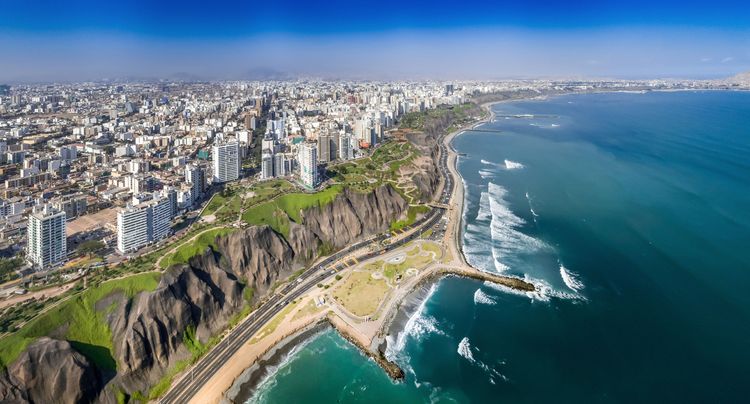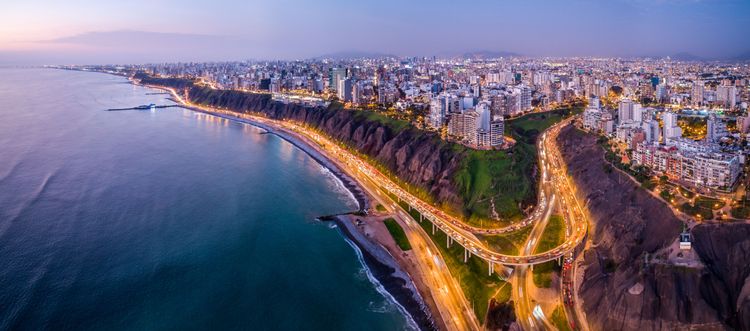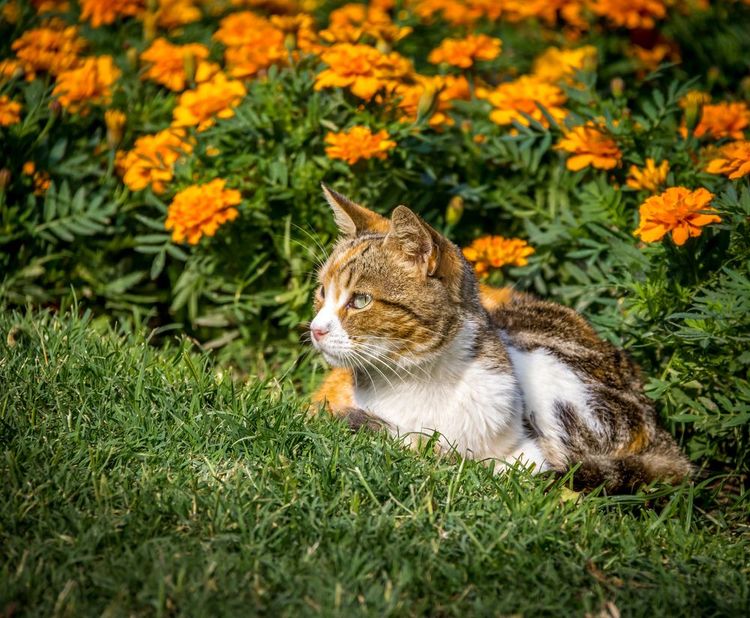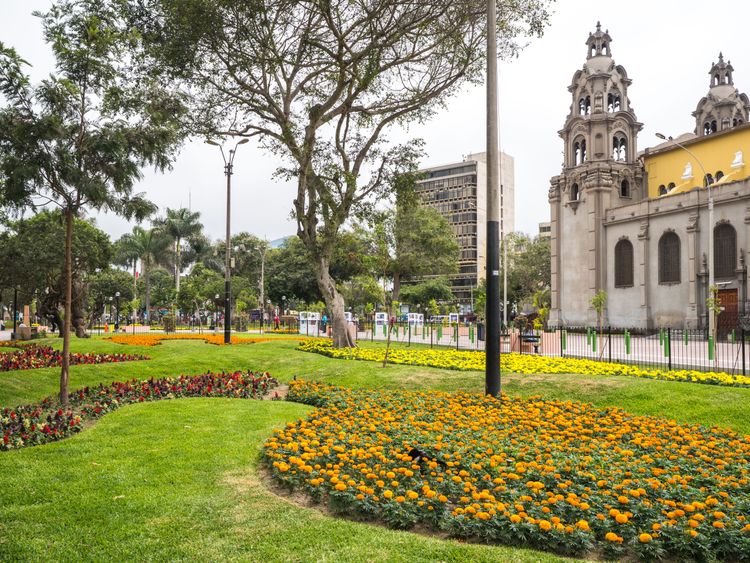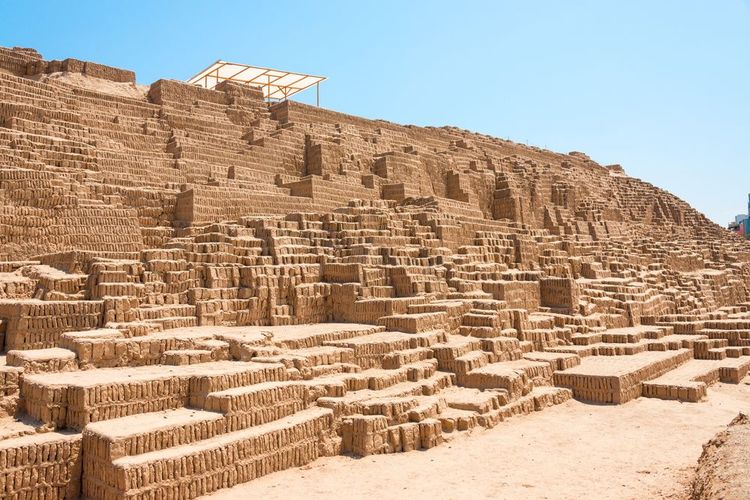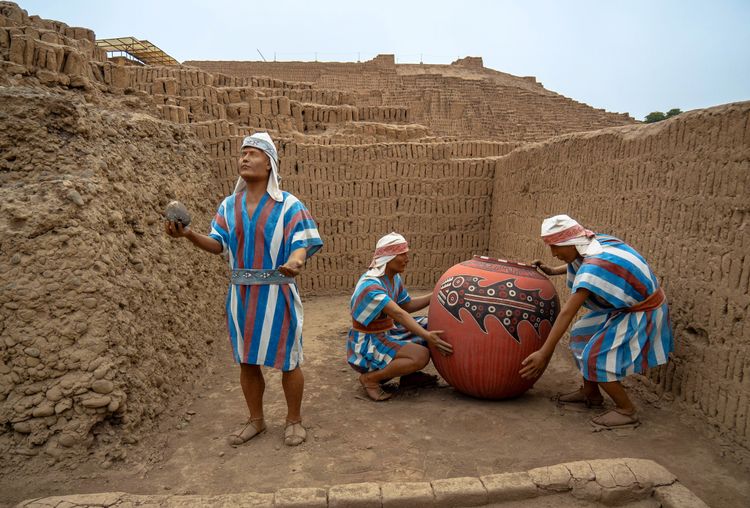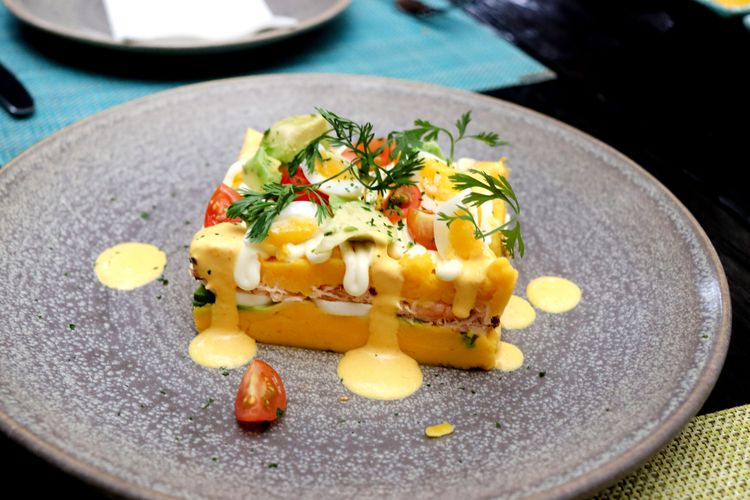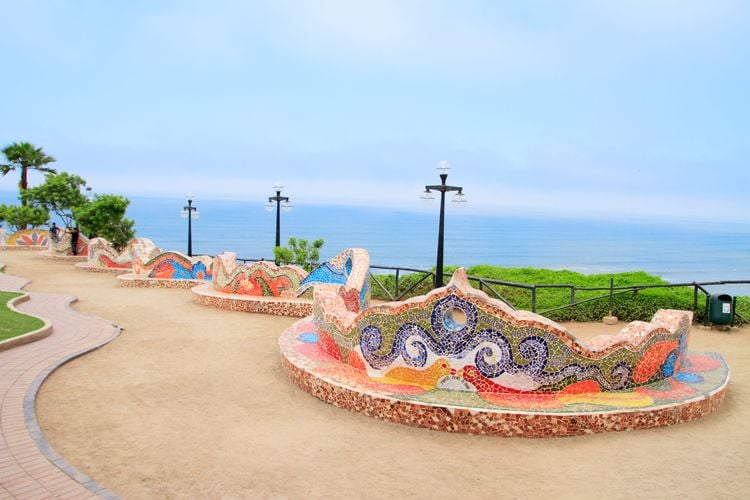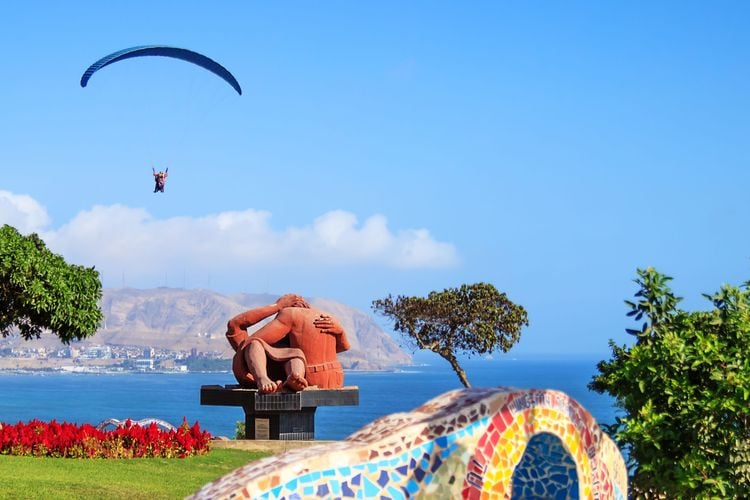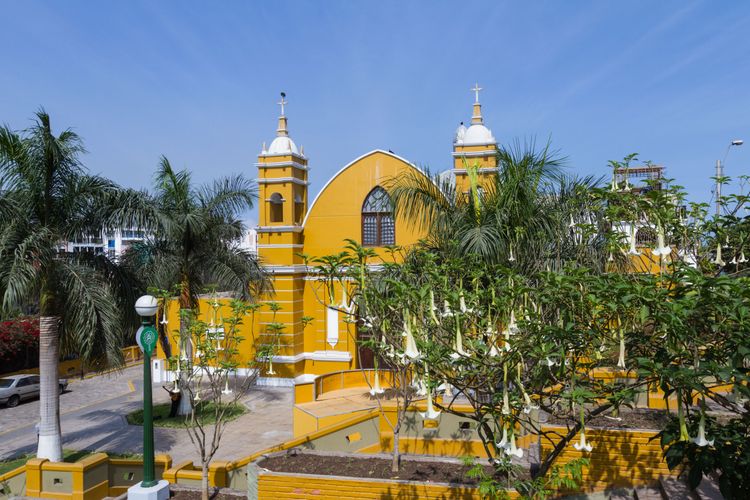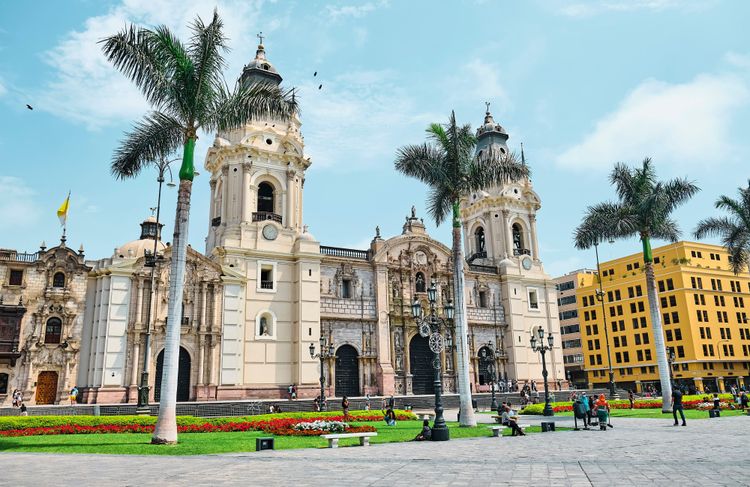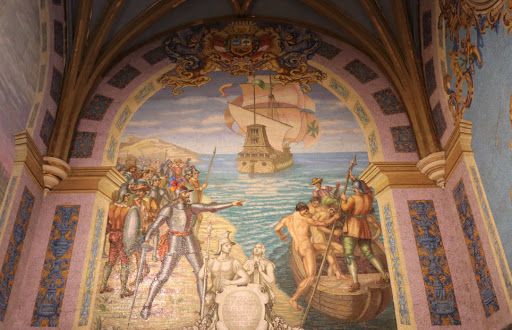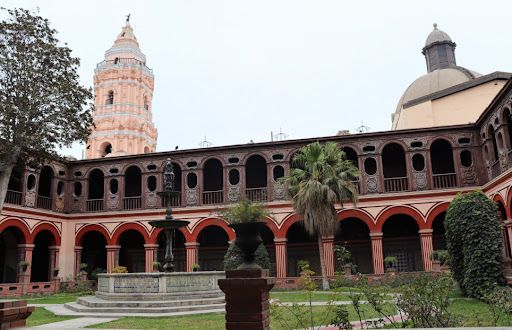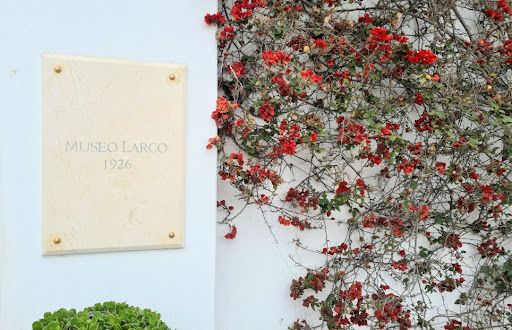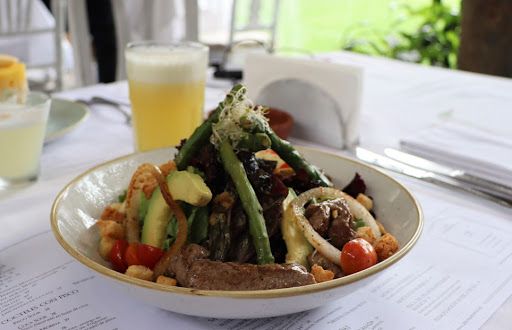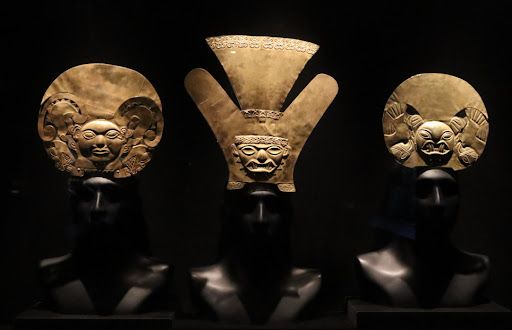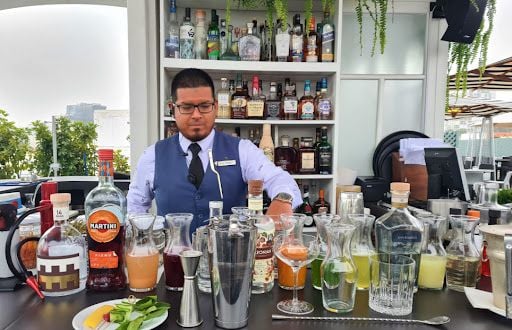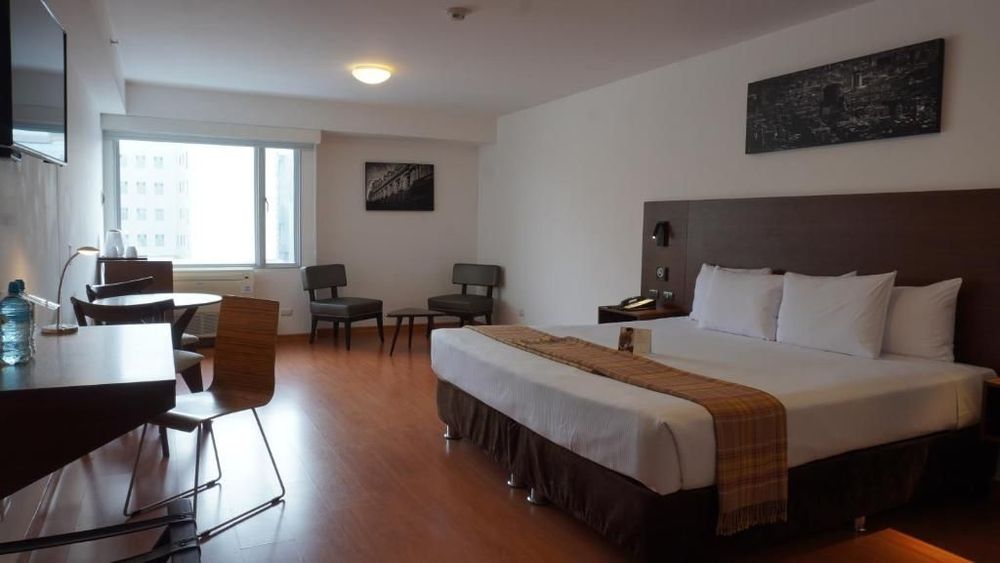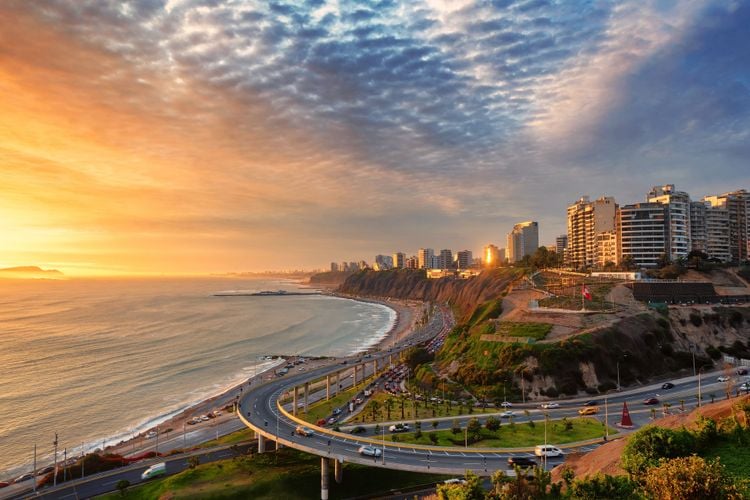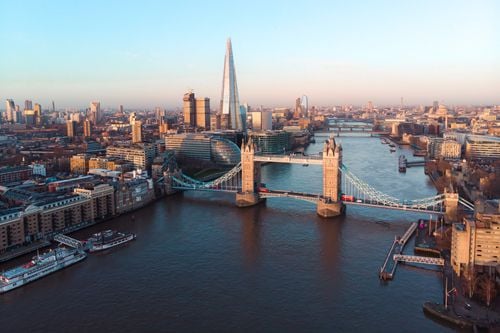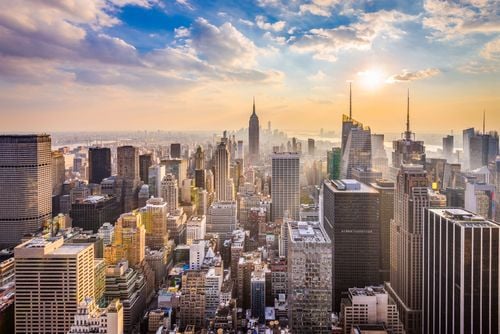Starting the day in Miraflores
As soon as you arrive at the airport, Lima sets the tone with its 'Welcome to Peru' posters featuring symbols of the country, such as alpacas, bulls, surfing, palm trees, paragliding and numerous monuments. Before embarking on a road trip to the mythical sites of Peru, it was impossible not to visit the capital. For two days, Lima will be full of surprises, with its historic monuments, parks, museums and archaeological sites right in the heart of the city.
As you walk along the Pacific coast to the Miraflores district, you will see a cross overlooking the city. It was erected to commemorate the visit of John Paul II in 1988. It stands out from the top of a hill in Miraflores and offers a sparkling backdrop at night when it is illuminated.
